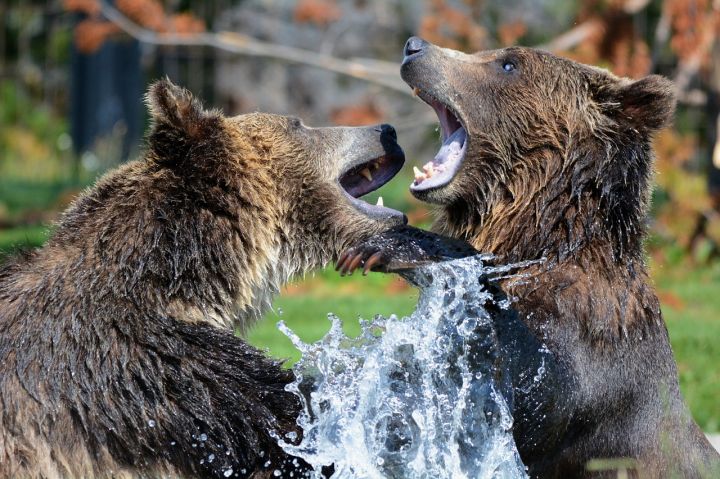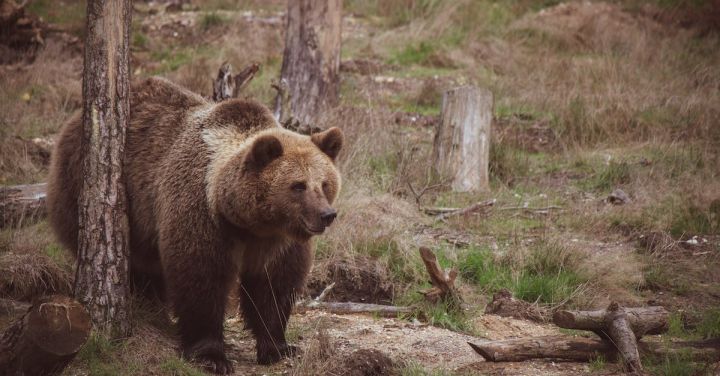Is it Ethical to Use Bait for Bear Watching?
Bear watching has become increasingly popular among nature enthusiasts and tourists alike. The opportunity to observe these magnificent creatures in their natural habitat is a truly awe-inspiring experience. However, one controversial aspect of bear watching is the use of bait to attract the bears. This practice raises ethical questions and concerns about the impact it may have on the bears and their environment. In this article, we will explore both sides of the argument and consider the ethical implications of using bait for bear watching.
The Argument for Using Bait
Proponents of using bait for bear watching argue that it provides a unique opportunity for people to observe these animals up close. They believe that by attracting bears to a specific location, tourists can safely view and photograph them without disturbing their natural behavior. This can be especially beneficial for those who may not have the physical ability or stamina to hike long distances to find bears in the wild.
Using bait can also be seen as a way to educate the public about bears and their conservation. By allowing people to see bears in their natural environment, it can foster a greater appreciation for these creatures and the need to protect their habitats.
The Argument Against Using Bait
Opponents of using bait for bear watching argue that it disrupts the natural behavior and feeding patterns of bears. By luring them to a specific location, bears may become dependent on the artificial food source and lose their ability to forage for natural food. This can lead to a disruption in the ecosystem and potentially harm the overall health and well-being of the bear population.
Furthermore, using bait may create an unnatural concentration of bears in one area, increasing the risk of conflicts between humans and bears. Bears that become accustomed to the presence of humans and associate them with food may become more aggressive and pose a danger to both tourists and local residents.
The Ethical Dilemma
The use of bait for bear watching presents a clear ethical dilemma. On one hand, it provides an opportunity for people to connect with nature and develop a greater understanding and appreciation for bears. On the other hand, it may disrupt the natural behavior and feeding patterns of bears, potentially leading to long-term negative consequences for both the bears and their environment.
Finding a Middle Ground
To address these ethical concerns, it is crucial to find a middle ground that allows for bear watching while minimizing negative impacts. This could involve implementing strict regulations and guidelines for the use of bait, such as limiting the amount and type of food used, as well as the distance from which tourists can observe the bears.
Additionally, promoting responsible bear watching practices, such as maintaining a safe distance and avoiding any direct interaction with the bears, can help minimize disturbances to their natural behavior.
In Conclusion
The ethical implications of using bait for bear watching are complex and require careful consideration. While it provides a unique opportunity for people to connect with nature and appreciate these magnificent creatures, it also raises concerns about the impact on the bears and their environment. By finding a middle ground through strict regulations and responsible practices, we can strike a balance that allows for bear watching while minimizing negative consequences. Ultimately, it is our responsibility to ensure that our interactions with bears are respectful and do not compromise their well-being or the delicate balance of their ecosystems.






